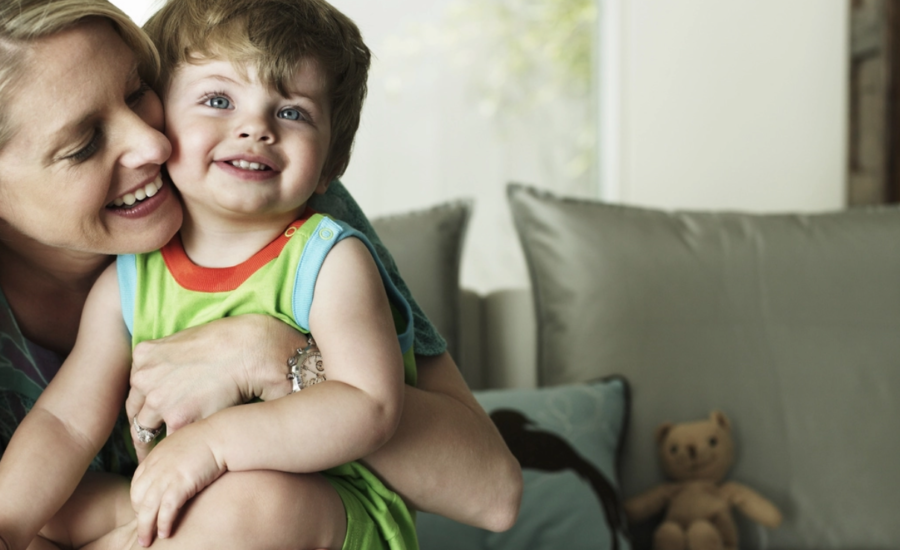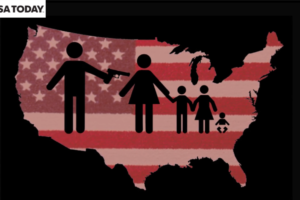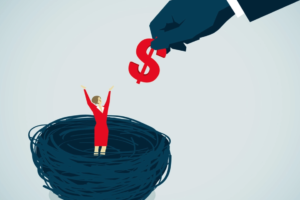By DomesticShelters.org
Myth: Children are less in danger from an abusive parent once the parents separate.
Truth: In two studies from the American Bar Association (ABA), researchers found an abuser’s motivation to use their children as a means to intimidate and control their victim, aka, the child’s other parent, increases after separation.
Why? For abusers, separation means losing that sense of power and control. Therefore, they use the tools they have. In many cases, these tools are their shared children.
It’s hard for most loving parents to fathom this game of emotional ping pong with children, but as most any survivor will tell you, abusive parents play by a whole different set of rules.
Below, test yourself with these additional myth/truth statements regarding domestic violence and child custody from the ABA. If you’re a survivor facing any of these circumstances, know that you can reach a trained advocate 24/7 who can help you plan for a safer future for yourself and your family and also help you find free, lay legal advice near you. Find an advocate in your area by entering your ZIP code on the DomesticShelters.org homepage.
Myth: If a child doesn’t demonstrate fear or aversion to a parent, then there is no reason not to grant unsupervised contact or custody to that parent.
Truth: Strong ties can be formed to an abusive parent as a survival technique by a child. This type of “traumatic bonding” can also be known as Stockholm syndrome, which therapists describe as a powerful and often loving connection people who are oppressed develop for their oppressors. It often applies to kidnapping victims, but abuse survivors, including children, can sometimes become incapable of viewing their captor or abuser as the hostile aggressor they truly are.
Myth: The negative effects on children of witnessing domestic violence will disappear quickly after they’re separated from the abusive parent.
Truth: Children who grow up witnessing domestic violence may show comparable levels of behavioral and emotional issues as children who were directly physically or sexually abused. The Centers for Disease Control and Prevention also found children who come from homes where domestic violence was present are more at risk as adults for health problems like heart disease, obesity, diabetes, depression and alcoholism. Additionally, the Childhood Domestic Violence Association reports CDV survivors are 74 times more likely to commit violent crimes in the future.
Myth: Non-abusive parents won’t lose custody of their children.
Truth: Victims of domestic violence are often depressed and can be suffering from post-traumatic stress disorder. As a result, says the ABA, they can present poorly in court. This, combined with a lack of proper legal counsel (as many victims can’t afford to hire a lawyer who specializes in domestic violence), may lead them to lose custody of their children to the abusive parent. Learn tips for avoiding this scenario in “ Representing Yourself in Court.” And, if you’re a mother, consider connecting with other mother’s going through this same struggle in “Battered Mother’s Custody Conference.”
Myth: Parental Alienation Syndrome (PAS) is a true, scientific diagnosis.
Truth: This hotly debated term was found by a task force from the American Psychological Association to have a significant lack of data to support it as scientifically sound. PAS is a claim used by abusers in court to gain control of children who do not want to be with their abusive fathers or to exert further control over their victims, the other parent. So far, PAS is not a diagnosis listed in the Diagnostic and Statistical Manual of Mental Diseases (DSM) or The International Classification of Diseases.
However, some mental health experts suggest that completely disregarding PAS because of its controversy is, in itself, doing disservice to those who have concerns about domestic violence by proxy, or a pattern of behavior an abuser uses to intimidate or control a child when the abuser no longer has access to his or her former partner, and in the process continues to exert hurt and control of his or her former partner. Bottom line: Survivors should feel they can voice their worries of an abuser’s attempts to control, harm and punish after separation regardless of a DSM definition.




